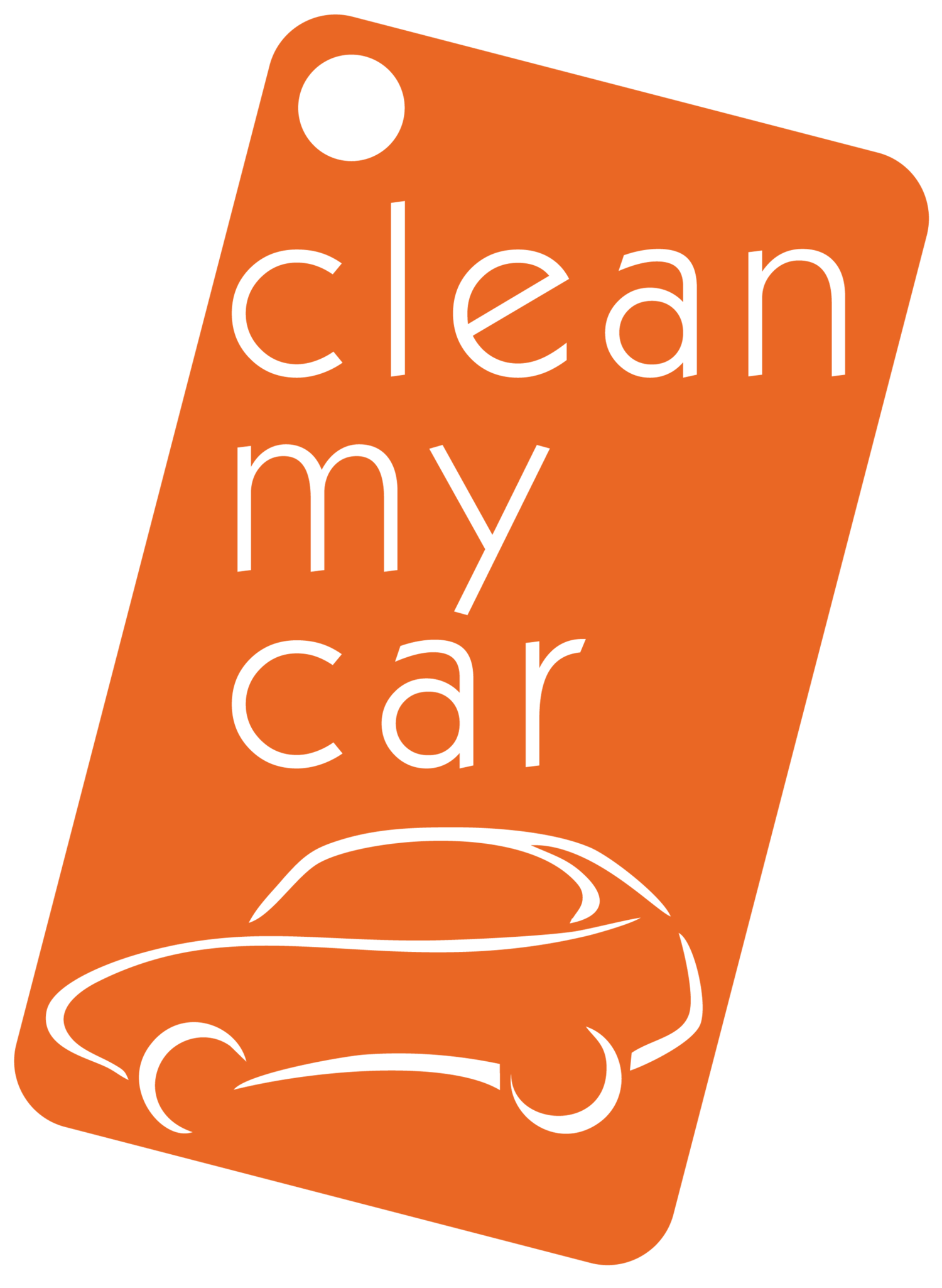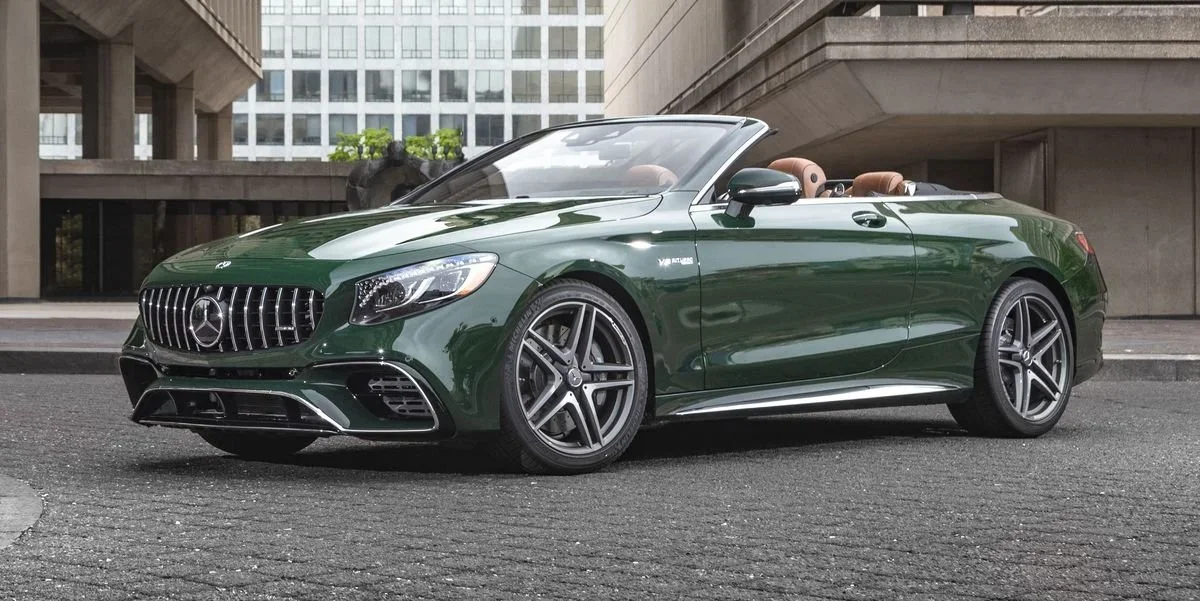How to remove scratches from car paint
The myths, the truths, and everything else you need to know as a car owner about paint scratches
If you’ve done any amount of research on removing scratches from car paint, you’ve likely ended up more confused than before you started. And that’s because the internet is an ocean of endless opinions, questionable advice from so-called “experts”, and marketing hype.
It’s not your fault. All that gushing torrent of useless information that’s been presented to you online makes it literally impossible for the average car owner to discern between good and bad advice.
I’m here to clarify things once and for all, so you can make an educated decision about what’s the best way to remove scratches from your car’s paint.
Let’s begin with the most common myths (and truths) on this topic.
Myths and truths about removing scratches from car paint
Myth #1: A “cut polish” will remove paint scratches
Truth: It really depends on what you understand by “cut polish”. This term has been so misused, by detailers and car owners alike, it’s not even funny. Ask five people, and they will give five different definitions on what a “cut polish” is. The word “cut” even suggests some magical scratch-obliterating ability.
Myth #2: Any paint scratch can be easily removed
Truth: Some deep scratches are too far gone into the paint to be removed. (In some cases, a paint touch-up job can be attempted with various results.) And other scratches can only be made less-noticeable, therefore improving the overall look of the car. Very few paint scratches can in fact be completely taken out.
This is how the 2-stage paint system looks on a car, with examples of various types of scratches and other damage
Here are the most important things you need to know about removing scratches from car paint:
There are a few different types of paint scratches
Not all scratches in car paint can or should be removed (and why)
There is only one proper way to remove paint scratches
We’ll dive into each of these points later on, but first let me explain how the paint system on your car works, so you can get a better understanding of the (boring) technical part when it comes to paint scratches, and the limitations in removing them.
With very few exceptions, most cars today have what it’s called a “2-stage paint system”. The reason the paint system is called this way is because there are actually two layers of paint on your car – the base colour coat and the clear coat.
Modern cars have a 2-stage paint system, with a base colour coat and a clear coat on top
The base colour coat is the one that gives your car its colour, but because this colour coat tends to be of the soft side, and easily damageable by the elements and the sun’s UV rays, it needs protection.
That’s where the top clear coat comes in. The clear coat provides protection for the colour coat, and also makes your car look shiny.
But this clear coat is not bulletproof. When we talk about scratches in car paint, most of these scratches are in the clear coat. If the scratches go any deeper than that, this is no longer a car detailing job, but a body shop job. The whole car panel needs to be fixed by applying a new paint job to it.
The different types of scratches in car paint
The different types of scratches in car paint are as follows:
Light scratches (also known as swirl marks, spiderwebbing, buffer trails, or holograms)
Deep scratches (also known as RIDS or Random Isolated Deeper Scratches)
Swirl Marks
Swirl marks get their name from the fact that they appear to have a circular pattern. However, this is nothing but an optical illusion, caused but the light source which makes the swirl marks visible.
Paint scratches on black car when exposed to direct sunlight (the shape of the light source makes them look like they have a swirl-like circular pattern)
Because this light source is typically round – like the sun or a light bulb – these superficial scratches appear to have a swirl-like pattern, hence the name “swirl marks”.
In reality, this paint scratches are straight, which is best demonstrated by exposing them to a straight light source, such as an LED bar.
Same type of paint scratches on black car when exposed to a straight light source no longer appear to have a circular patter
Buffer Trails (holograms)
Buffer trails or holograms are another type of light scratches in car paint. They are called this because these paint scratches have been caused by an inexperienced car detailer polishing a car’s paint too aggressively, while using a rotary buffer.
The inexperienced car detailer typically uses the wrong tool for the job or applies too much force, creating a scratch pattern that’s looks like it’s floating (suspended) within the car’s paint in a 3D way, almost like a hologram.
This is how buffer trails or holograms look like in car paint
Why not all scratches in car paint can or should be removed
The truth is that removing scratches from car paint means also removing some of your car’s protective clear coat as well.
For some older cars, this simply may not be an option as there is not enough clear coat left on the paint to begin with. As for the newer cars, with car manufacturers getting more efficient at painting cars, the effect is that the clear coat on cars is getting thinner and thinner.
Modern cars are painted in fully automated shops at the factory, without human intervention
The clear coat on a modern car is as thin as the plastic wrapping on a deck of playing cards.
Removing scratches from the paint of such cars might simply not be worth the risk.
Now that we’ve covered in detail the different types of car paint scratches, and whether or not you should consider removing them, you might still be wondering, “But how do you actually remove scratches from car paint?”
The proper way to remove scratches from car paint
If you do a quick google search for “how to remove scratches from car paint”, you instantly have access to millions of answers – most of which are pure nonsense.
A lot of these answers will say that the best way to get rid of scratches is by using car wax.
Why is this nonsense? Because this is not what car waxes are designed to do. Let me explain…
Car waxes are for shine and protection. They will make your car look shiny, while also providing (very limited and short-lived) UV protection for your car’s clear coat. Car waxes do NOT have any-scratch removing ability.
Bottom line is:
“The proper way to remove scratches from car paint is by polishing with an abrasive polish or compound.”
The best and the most effective way to remove scratches from car paint is by using an electric buffer
This can be done by hand or using a power tool such as an electric buffer. Trying to remove paint scratches by hand is tedious and time-consuming work, so your best bet is the buffer.
(Of course, you need to know what you’re doing, otherwise you might end up with “buffer trails”, remember?)
After the paint scratches have been removed, it is time to protect that freshly polished paint by using a car wax, paint sealant, or even a Ceramic Coating.
Conclusion
Do your homework before trying to remove car paint scratches or hiring someone to do it for you. If you consider hiring a professional car detailer, ask them questions about their method first, and then listen carefully to the answers.
Like I said before, many so-called “professionals” literally have no idea what they’re doing, and might even know less about car paint systems than you do right now.
Clean My Car may be able to help
Are you looking for a professional car detailer to help with “removing scratches from car paint”?
If so, listen…
There are so many options out there when it comes to car detailing to remove scratches from car paint. And some may even be better than us…
But how will you know which one is right for you?
How can you make absolutely sure you’re comparing apples to apples?
Simple. By “arming” yourself with our Free INFORMATION KIT. It includes everything you need to know about hiring the RIGHT car detailer for your specific situation.
Here are just a few of the “goodies” included in the Kit:
Special Report - 7 Ways Your Own Car is Destroying Your Health (and 6 Steps to Protect Yourself)
Special Report - All Car Cleaning Sources Are NOT Equal (Your “Insider’s Defense” against the Money-Grabbing Car Cleaning Industry)
BONUS: A copy of my book “The Ultimate Car Cleaning Guide” (where you’ll discover How to Have Your Car Cleaned Properly, At the Lowest Possible Price)








